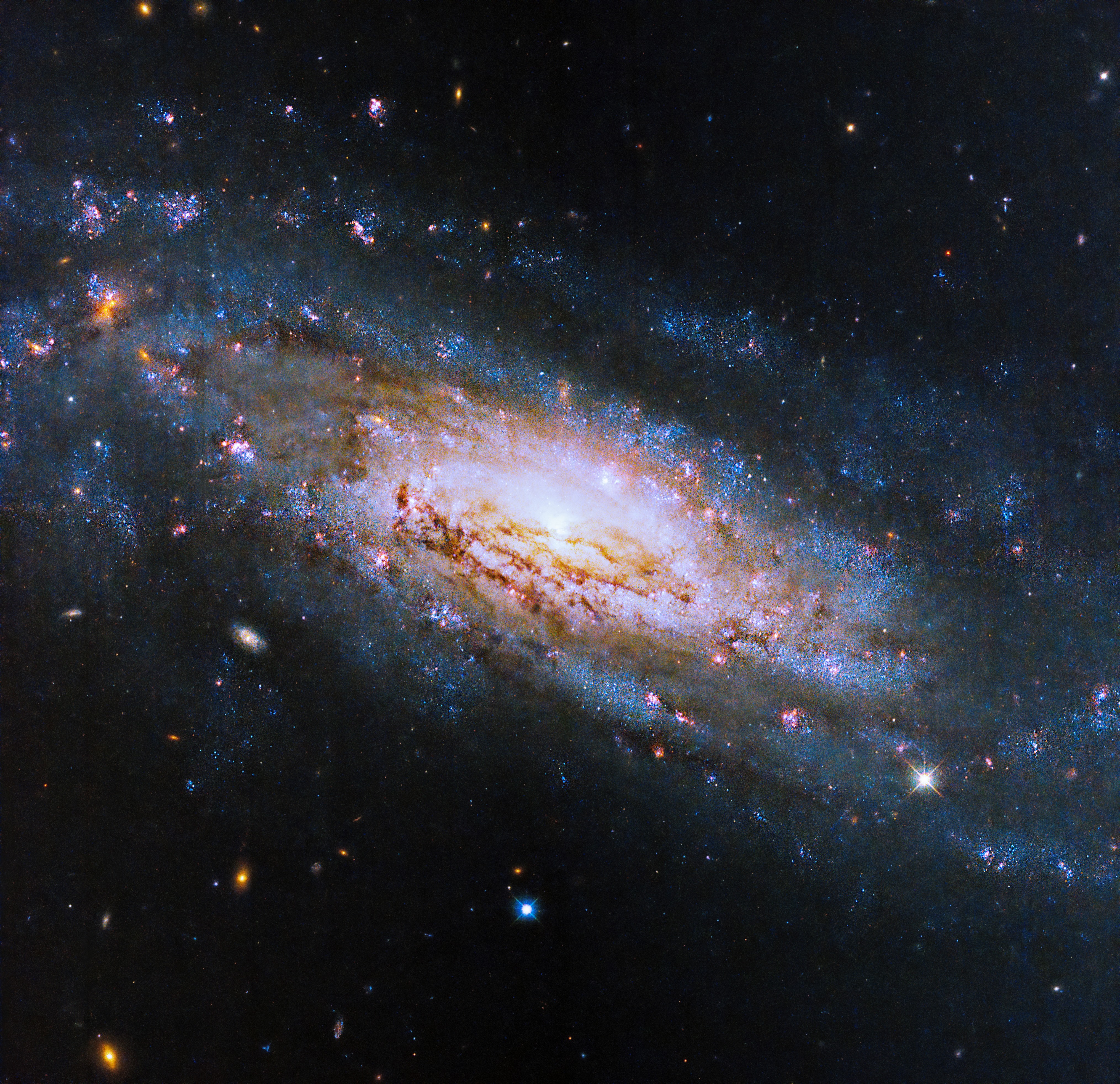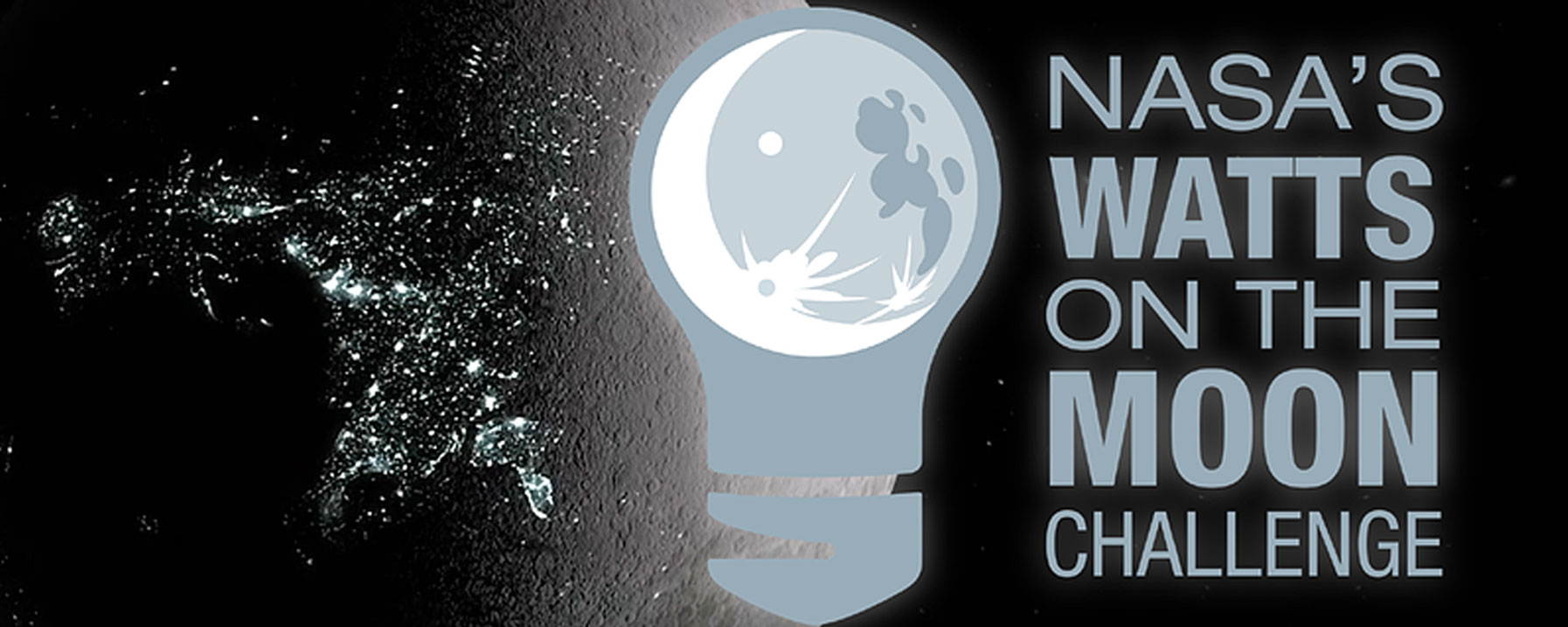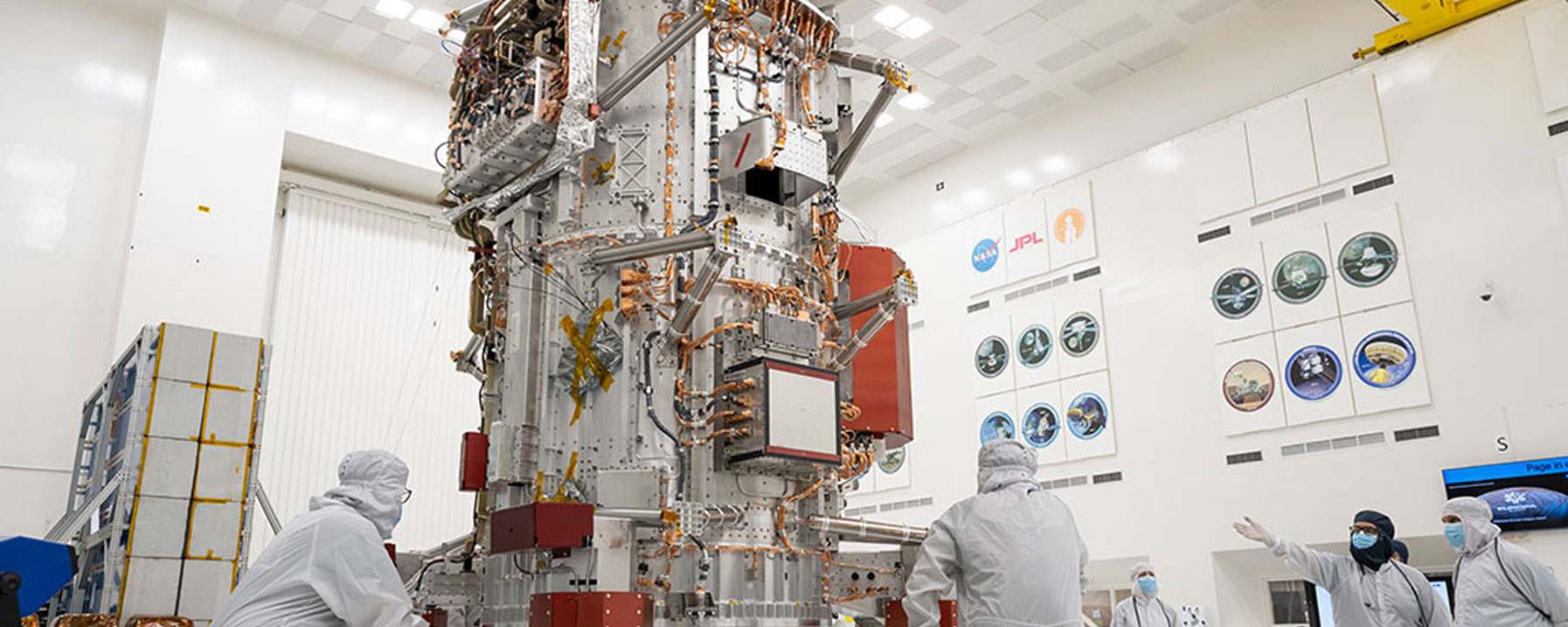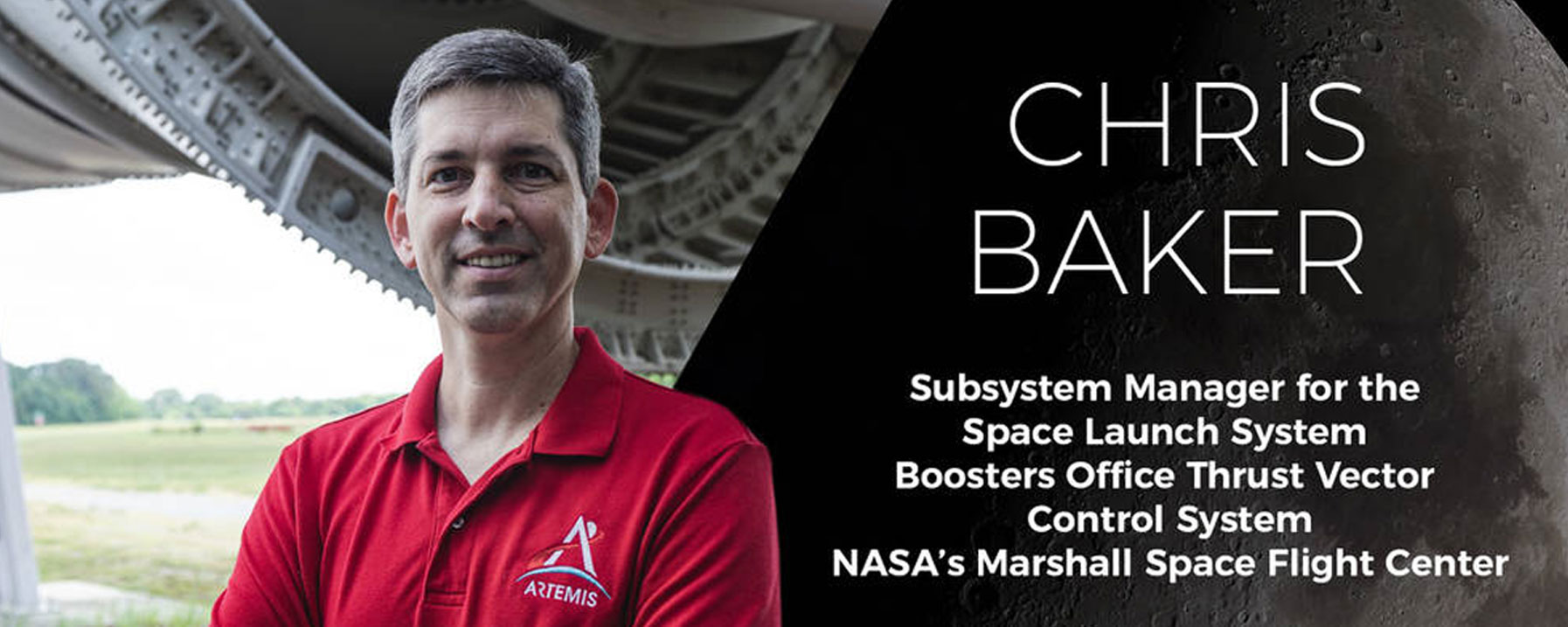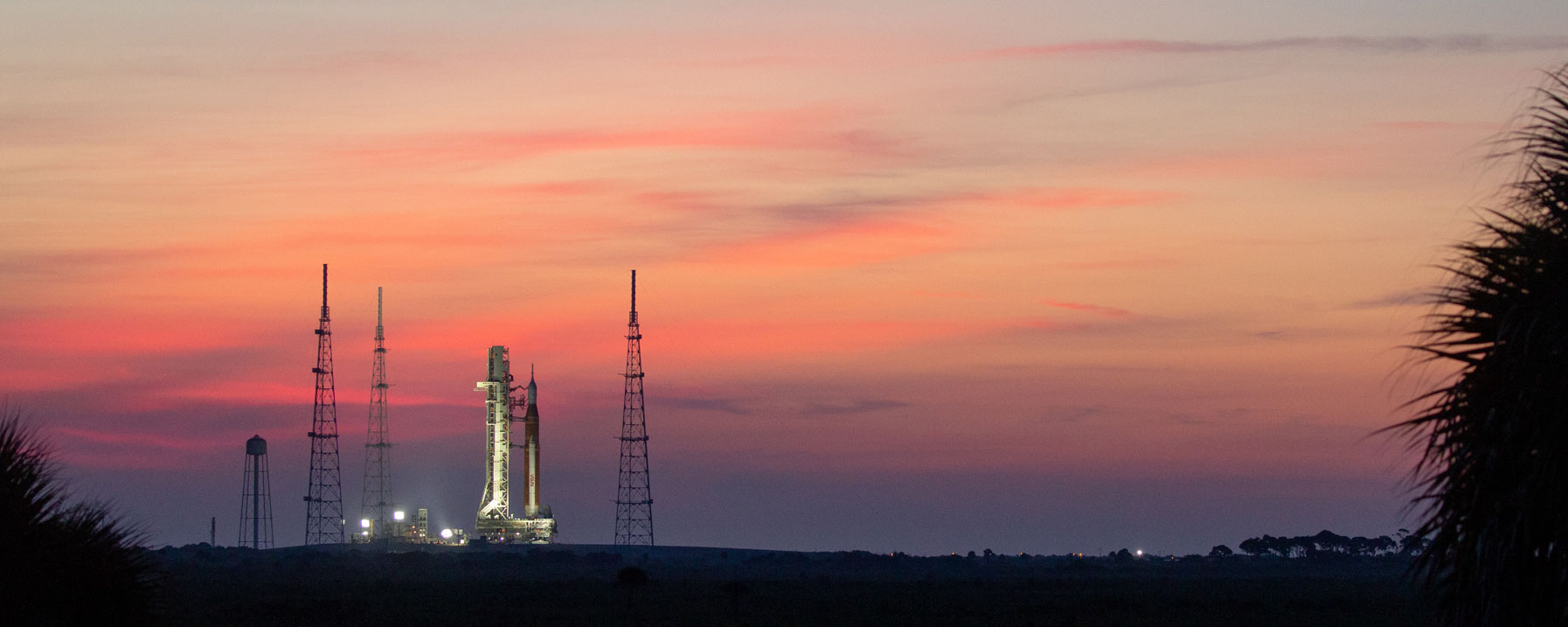
Artemis I Moon Rocket Arrives at Launch Pad Ahead of Historic Mission
The Space Launch System rocket and Orion spacecraft for the Artemis I mission arrived atop Launch Complex 39B at NASA’s Kennedy Space Center in Florida the morning of Aug. 17 after a nearly 10-hour journey from the Vehicle Assembly Building. In the coming days, engineers and technicians will configure systems at the pad for launch, which is currently targeted for no earlier than Aug. 29.
Seven Teams Advance in NASA’s $5M Watts on the Moon Challenge
NASA has announced seven teams advancing to the next level of the agency’s Watts on the Moon Challenge. The $5 million, multi-level prize competition challenges innovators from all walks of life to develop pioneering power systems light enough for spaceflight and tough enough to withstand the harsh lunar environment.
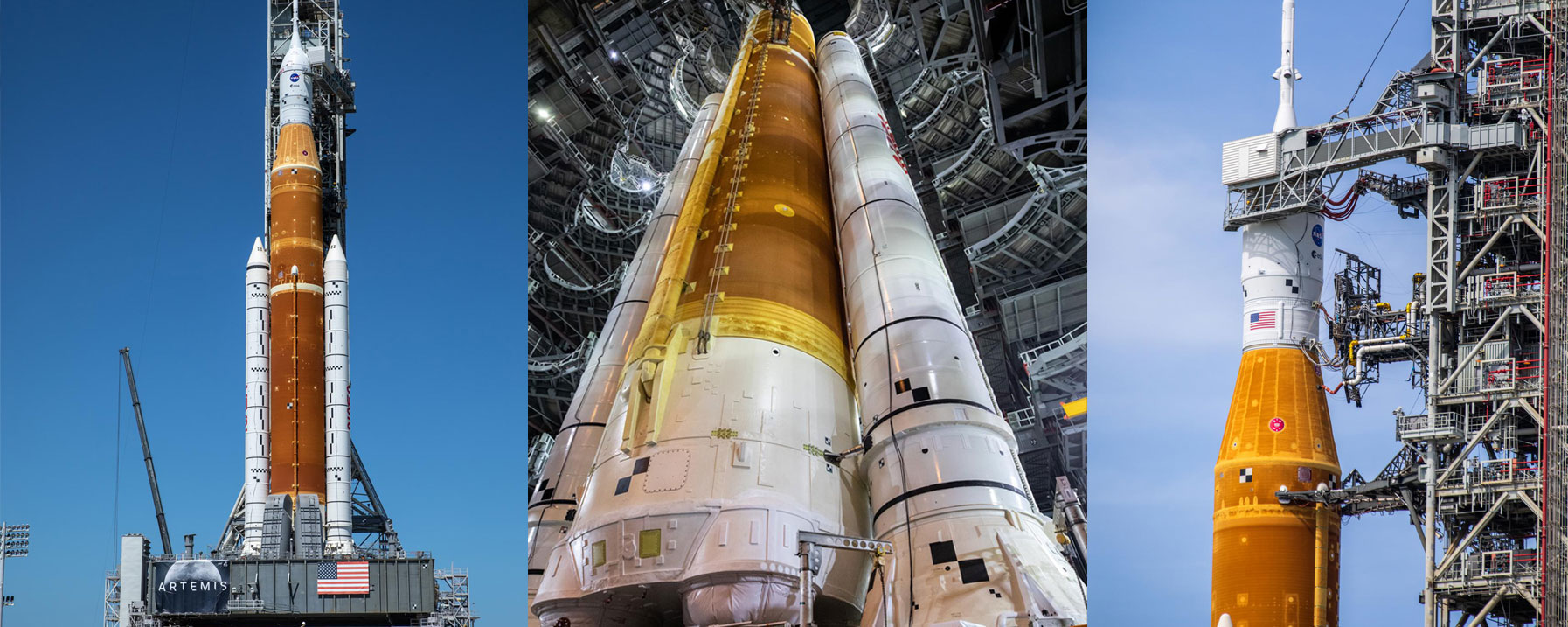
Markings on SLS Provide Different View of Artemis I Launch
When NASA’s Artemis I mission launches, thousands of cameras will capture the historic first flight of NASA’s Space Launch System (SLS) rocket and Orion spacecraft. Some cameras, though, are focused on carefully placed markings on the rocket, spacecraft, and mobile launcher. These cameras aim to capture portions of the countdown and launch and will provide valuable data to engineering teams following launch and flight.
NASA’s Europa Clipper Spacecraft Kicks Assembly Into High Gear
The core of NASA’s Europa Clipper spacecraft has taken center stage in the Spacecraft Assembly Facility at the agency’s Jet Propulsion Laboratory in Southern California. Standing 10 feet high and 5 feet wide, the craft’s main body will for the next two years be the focus of attention as engineers and technicians assemble the spacecraft for its launch to Jupiter’s moon Europa in October 2024.
I am Artemis: Chris Baker
Patience and attention to detail are traits that lead to great results, whether you’re solving a problem with a rocket’s propulsion system or waiting on just the right angle of sunlight for a photograph. Chris Baker knows this well. As the subsystem manager for the Space Launch System Boosters Office thrust vector control system, Baker leads the thrust vector control system efforts for both the heritage hardware boosters and the next-generation boosters.
For more information or to learn about other happenings at NASA’s Marshall Space Flight Center, visit NASA Marshall. For past issues of the ICYMI newsletter, click here.





